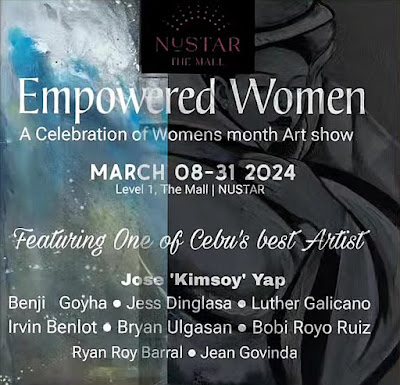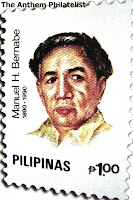The West Lake Cultural Landscape of Hangzhou
 The West Lake Cultural Landscape of Hangzhou, comprising the West Lake and the hills surrounding its three sides, has inspired famous poets, scholars and artists since the 9th century. It comprises numerous temples, pagodas, pavilions, gardens and ornamental trees, as well as causeways and artificial islands. This area is one of the latest to have earned the title UNESCO World Heritage site.
The West Lake Cultural Landscape of Hangzhou, comprising the West Lake and the hills surrounding its three sides, has inspired famous poets, scholars and artists since the 9th century. It comprises numerous temples, pagodas, pavilions, gardens and ornamental trees, as well as causeways and artificial islands. This area is one of the latest to have earned the title UNESCO World Heritage site.
The West Lake has influenced garden design in the rest of China as well as Japan and Korea over the centuries and bears an exceptional testimony to the cultural tradition of improving landscapes to create a series of vistas reflecting an idealized fusion between humans and nature.
Hangzhou is famous for three things: its water, its fertile and picturesque countrysi de, and ancient tradition- all three combined in a perfectly brewed cup of Longjing tea. A visit to the Longjing Tea Plantation makes for a nice side trip from Hangzhou's main attractions.
de, and ancient tradition- all three combined in a perfectly brewed cup of Longjing tea. A visit to the Longjing Tea Plantation makes for a nice side trip from Hangzhou's main attractions.
 de, and ancient tradition- all three combined in a perfectly brewed cup of Longjing tea. A visit to the Longjing Tea Plantation makes for a nice side trip from Hangzhou's main attractions.
de, and ancient tradition- all three combined in a perfectly brewed cup of Longjing tea. A visit to the Longjing Tea Plantation makes for a nice side trip from Hangzhou's main attractions. About 30 minutes by bicycle from downtown, situated just southwest of West Lake, the village of Longjing presents visitors with secluded paths running through a terraced landscape with tea growing on all sides. We were able to witness the harvesting and processing of the tea and sample different grades and varieties.
A demonstration of the art of tea drinking was both informative and entertaining.
Ideally made with water straight from the Dragon Well and leaves picked from the terraces of the Longjing Plantation, a cup of this delicate green tea connects you with some two thousand years of history, going back to the second century AD when Dragon Well water was discovered and combined with green tea leaves lightly fried to stop the oxidation process and preserve the best of their flavor and nutrients. We learned from our guide that the new budding leaf is reserved only for royalty, hence the term "Empress Tea".
We also visited the Residence of Hu Xueyan, a wealthy businessman from Hangzhou in the late 1800’s. His re sidence is located in southern Hangzhou not far from shore of West Lake. Hu originally made his fortune as a banker, but expanded his business to pawnbroker, import-export, real estate, and finally made is biggest fortune as the founder of a Chinese herbal medicine company.
sidence is located in southern Hangzhou not far from shore of West Lake. Hu originally made his fortune as a banker, but expanded his business to pawnbroker, import-export, real estate, and finally made is biggest fortune as the founder of a Chinese herbal medicine company.
 sidence is located in southern Hangzhou not far from shore of West Lake. Hu originally made his fortune as a banker, but expanded his business to pawnbroker, import-export, real estate, and finally made is biggest fortune as the founder of a Chinese herbal medicine company.
sidence is located in southern Hangzhou not far from shore of West Lake. Hu originally made his fortune as a banker, but expanded his business to pawnbroker, import-export, real estate, and finally made is biggest fortune as the founder of a Chinese herbal medicine company. He built his house in 1872, and it was a huge complex and covers at least a couple of acres. Included in that area are extensive garden areas, a huge complex of artificial caves, and all sorts of rooms for family, servants, guests, eating, reading, etc. The majority of the buildings were built of a dark brown wood that looks very similar to teak, but one large section of buildings is built of a lighter honey-colored wood. Hu’s descendants mortgaged the house and lost it after his death and it passed though a series of owners until the provincial government acquired it, restored it, and turned it into a museum of sorts.






